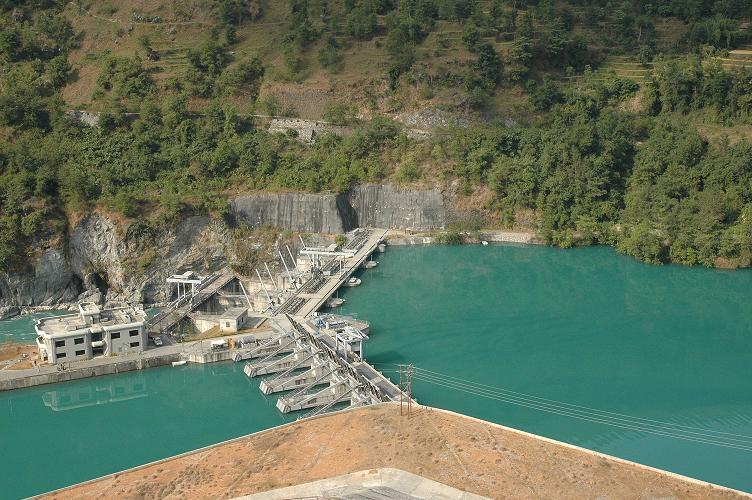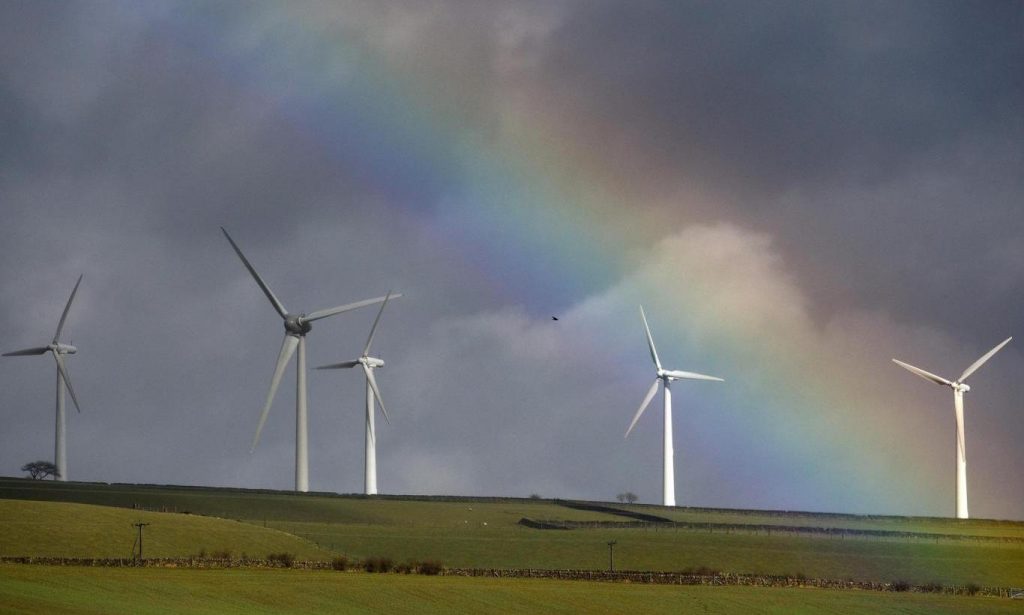KTM Valley won’t face power cut till mid-Jan: NEA
- Nature Khabar
 Nepal Electricity Authority (NEA) has said that it won't impose power cut in the Kathmandu Valley at least till the end of Poush (mid-January).
Nepal Electricity Authority (NEA) has said that it won't impose power cut in the Kathmandu Valley at least till the end of Poush (mid-January).
The power utility had lifted power cut in the capital city in the first week of November as part of its plan to eradicate load-shedding altogether. NEA has limited power cuts outside the Kathmandu Valley to only one or two hours. It has prohibited industries to operate in the peak hours so that it can manage power supply to household consumers.
NEA officials have prepared plan to meet energy demand for the thirty days when demand is expected to surge due to drop in mercury levels.
“We are giving continuity to our plan of lifting power cuts in Kathmandu Valley and reducing power cuts outside the valley in the month of Poush as well,” Prabal Adhikari, the spokesperson for NEA, said. “Our analysis shows it is possible to manage energy demand in the coming month.”
NEA officials say they are in a comfortable position as the discharge of water in major rivers has not reduced. Also, there has not been any significant surge in demand, they added.
Similarly, the national grid is set to get additional power supply from new hydropower plants by the end of December. Power generated by Hewa Khola 'A' (15 MW) and Upper Marshyangdi (50 MW) will be connected to the grid by the end of this year, according to NEA officials.
Few days ago, NEA's Load Dispatch Center had reported to the central office that power cut of two hours per day might have to be imposed during peak hour in the coming month.
After receiving such report from the load dispatch center, NEA have taken additional measures to address the energy shortfall.
NEA has expedited work to install 100 MVA transformer as a contingency plan for importing an additional 80 MW from India via the Dhalkebar-Muzaffarpur Cross Boarder Transmission Line. Currently, NEA is importing 75 MW through the line.
“The new transformer will enable us to import around 100MW directly to Kathmandu. For that, we need to install special protection system in our substations at Dhalkebar, Chandranigahapur and Bhaktapur," Adhikari added.
If things go as planned, the Dhalkebar substation will be ready by February. Upon completion, it will enable to charge the Dhalkebar-Muzaffarpur Cross Boarder Transmission Line into 220 kVA, facilitating import of additional power from India.
The transmission line is of 400 kVA capacity.
NEA plans to import 230 MW from the line to manage power supply in the dry months.
I haven't done any miracle: Ghising
Nepal Electricity Authority (NEA) Managing Director Kulman Ghising as insisted that power cut could be ended in the Kathmandu Valley because of team efforts.
Ghising, who has received accolades from all quarters for ending power cuts in the valley, said NEA managed to end power cuts in the valley because of the work of past governments, leadership at the energy ministry and tireless efforts of all NEA employees.
"I have done any miracle and I don't want to take any credit for what we have managed to do. It happened because of untiring efforts of more 1,000 NEA staffers,” Ghising said, addressing a program organized by National Association of Community Electricity Users-Nepal on Sunday.
He also refuted allegations that NEA was using Kulekhani projects to provide round-the-clock power supply in the valley.
“The water level at the Kulekhani reservoir is 1,523 meters. It was 1,522 meters when I was promoted to managing director,” he said, adding: “We operate it for only half an hour a day only to manage peak hour demand.”
The Kulekhani reservoir powers two hydropower plants having combined capacity of 92 MW.
Republica





Feedback